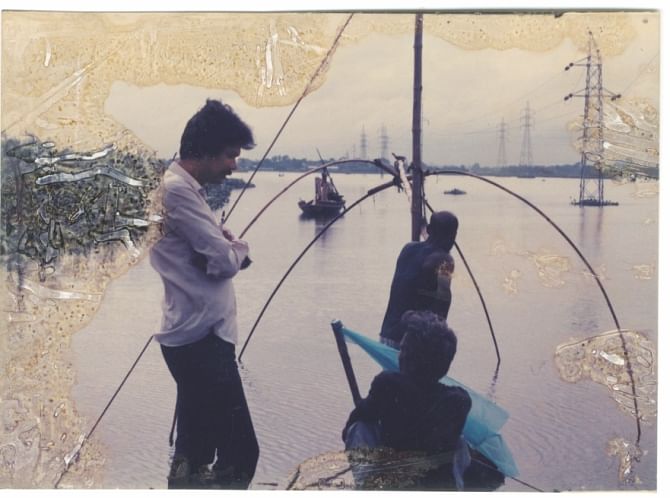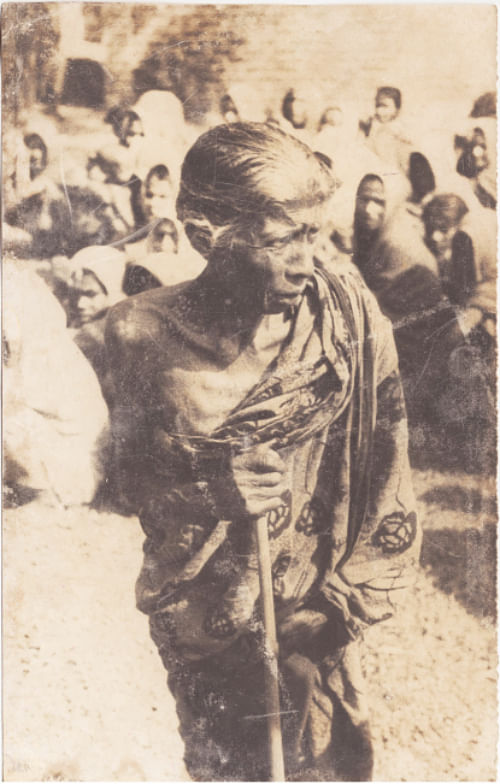Blend of Talent, Labour
Blend of Talent, Labour

“Will there be another Monajatuddin?” is a question I often face. This is because as a journalist Monajatuddin was my idol in the early stage of my career, then he became a colleague and finally a friend.

Whenever asked, I say it is difficult but possible to become a Monajat. Difficult, because Monajatuddin is a rare blend of talent and labour. Of course, I must say this should be the basic and natural quality of a journalist. In my eye, a journalist is a balanced combination of talent, extraordinary analytical power and combination of thoughts centring on human and society. All these rare traits were there unmistakably in Monajatuddin.
Monajat was a reporter and cameraman at once -- he used to personally shoot all pictures relating to his reports. But surprisingly, as a journalist he looked beyond and saw things that camera lenses fail to capture. He was such a talented journalist who was able to separate past form present and lay out a distinct path towards future. And this he did with a sense of ingenuity found in a very few.
Again, Monajat seems unsurpassable as the number of talented and hardworking journalists is going down. With a few exceptions, whether in the print or in the broadcast media, journalists now are not ready, if not incapable, to put their best. Journalism of the day seems to have become incident or occurrence-oriented. Today, most of us do not feel the need to dig deep into the facts the way Monajat used to do. The very term -- investigative reporting -- seems to slip into the past. Have we forgotten the investigative reporting on Ghorashal done by Monajat? This journalist toiled long 12 years for follow-up reports on the issue. Can we imagine this now? What a plan! What presentation! What patience!!
Monajat was commonly known as a minstrel journalist (Charon Sangbadik). Like a minstrel, Monajat used to tread along every nook and corner of the country and stand beside the ordinary people. The reports of Monajat reflected the very picture of the people living from hand to mouth.
| In their eyes |
|
"The way the vast neglected countryside of our country and the dull and dreary life of people and their struggle would come to life through Monajatuddin's pen is almost incomparable.”
|
| “By depicting the real picture of the country's northern region through his writings, Monajatuddin has made a huge contribution." Former prime minister Khaleda Zia |
Not only in rural areas, when he stayed for a short period in the capital, or travelled abroad, news never skipped his nose and eyes. It was Monajatuddin who dug out the historical documents of our Liberation War from the dark storeroom of the Radio Transcription Service building in Shahbagh. He brought to light how a freedom fighter on the Farmgate footbridge earned his bread through begging with a sore on his leg. Monajat has shown journalists have no frontiers.
Monajat, who early in his career made blunders and having been misled sent reports like “Darite Mouchak!” (Honeycomb in a beard!), was later bold enough to challenge the highest administration of the state machinery with facts during the 1974 famine.
Now the question is: Was Monajat last of his kind? The answer is: No. Now we have stupendous technologies in hand. Nowadays we don't have to roam about across the country to collect information like Monajat did. One click on the mouse, and we are in a world of enormous data pouring in from everywhere. All we need is to have more confidence on our talent and continue to whet our investigative mind. If this is done, if we remain honest and sincere to our profession, there will be no dearth of Monajat in future.